Infrastructure Development
Infrastructure development plays a pivotal role in the Frac Sand Market. As countries invest in their energy infrastructure, the demand for frac sand is expected to rise correspondingly. Enhanced transportation networks, including roads and railways, facilitate the efficient movement of frac sand from production sites to drilling locations. Recent reports suggest that infrastructure spending in the energy sector is anticipated to reach several billion dollars annually, which could significantly impact the availability and distribution of frac sand. This trend indicates a robust market environment for frac sand suppliers, as they align their operations with the growing infrastructure needs of the energy sector.
Increasing Demand for Oil and Gas
The Frac Sand Market is experiencing a surge in demand driven by the increasing need for oil and gas. As energy consumption rises, particularly in emerging economies, the demand for hydraulic fracturing has escalated. This process requires substantial amounts of frac sand, which serves as a proppant to keep fractures open in the rock formations. Recent data indicates that the oil and gas sector is projected to grow at a compound annual growth rate of approximately 5% over the next few years. Consequently, this growth is likely to bolster the frac sand market, as operators seek to enhance production efficiency and maximize output from existing wells.
Market Consolidation and Strategic Partnerships
Market consolidation and strategic partnerships are emerging trends within the Frac Sand Market. As competition intensifies, companies are increasingly seeking mergers and acquisitions to enhance their market position and expand their operational capabilities. This consolidation can lead to improved economies of scale, allowing firms to reduce costs and increase profitability. Additionally, strategic partnerships between frac sand producers and oil and gas companies may facilitate better supply chain management and enhance product offerings. Such collaborations are likely to create a more resilient market structure, positioning participants to respond effectively to fluctuations in demand and supply.
Technological Innovations in Fracturing Techniques
Technological innovations in fracturing techniques are reshaping the Frac Sand Market. Advancements in drilling technologies, such as multi-stage fracturing and enhanced oil recovery methods, are increasing the efficiency of sand usage in hydraulic fracturing. These innovations not only optimize the amount of frac sand required but also improve overall production rates. Data suggests that operators are increasingly adopting these advanced techniques, leading to a more efficient use of resources. As a result, the demand for high-quality frac sand is likely to rise, as operators seek to maximize the effectiveness of their drilling operations.
Regulatory Frameworks and Environmental Considerations
The regulatory frameworks surrounding the Frac Sand Market are evolving, with increasing emphasis on environmental considerations. Governments are implementing stricter regulations regarding the extraction and use of frac sand, which may influence market dynamics. Compliance with these regulations often necessitates the use of higher-quality frac sand, which can enhance operational efficiency and reduce environmental impact. Recent trends indicate that companies investing in sustainable practices and environmentally friendly technologies are likely to gain a competitive edge in the market. This shift towards sustainability may drive demand for frac sand that meets stringent environmental standards.


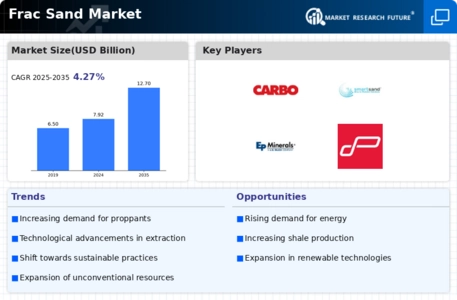
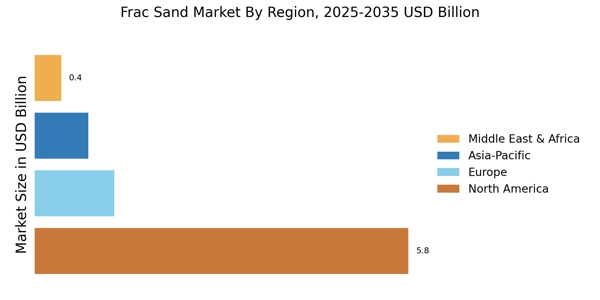
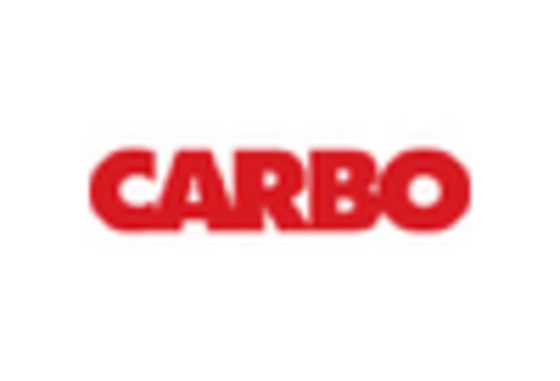
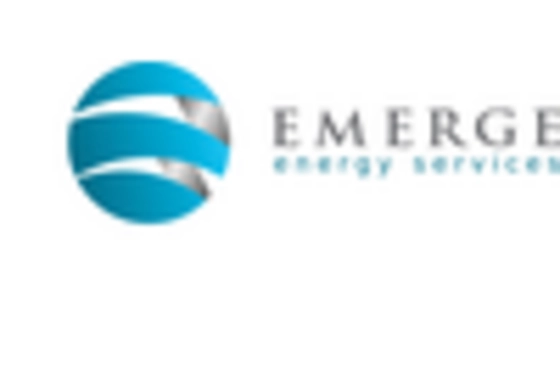
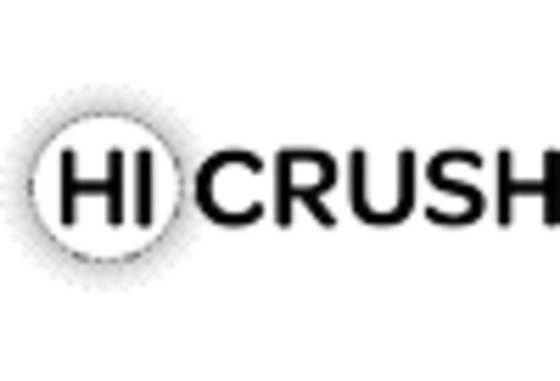
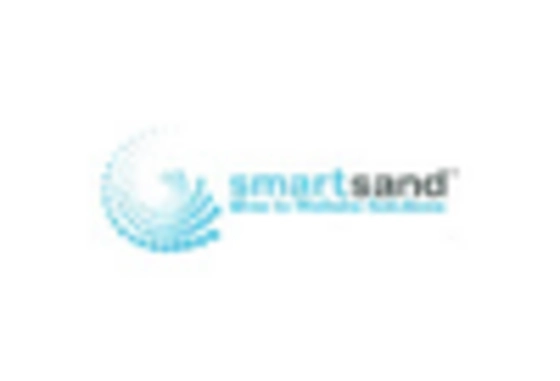
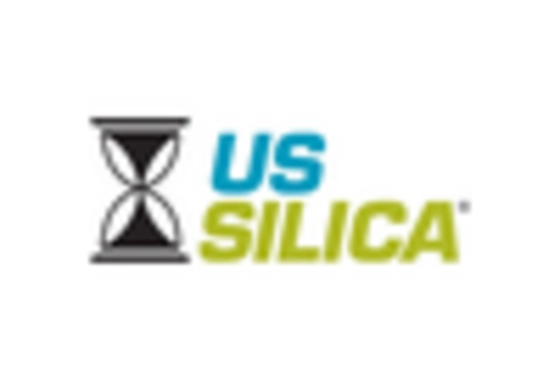
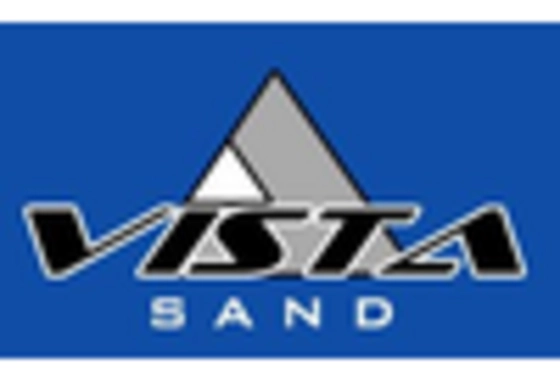








Leave a Comment